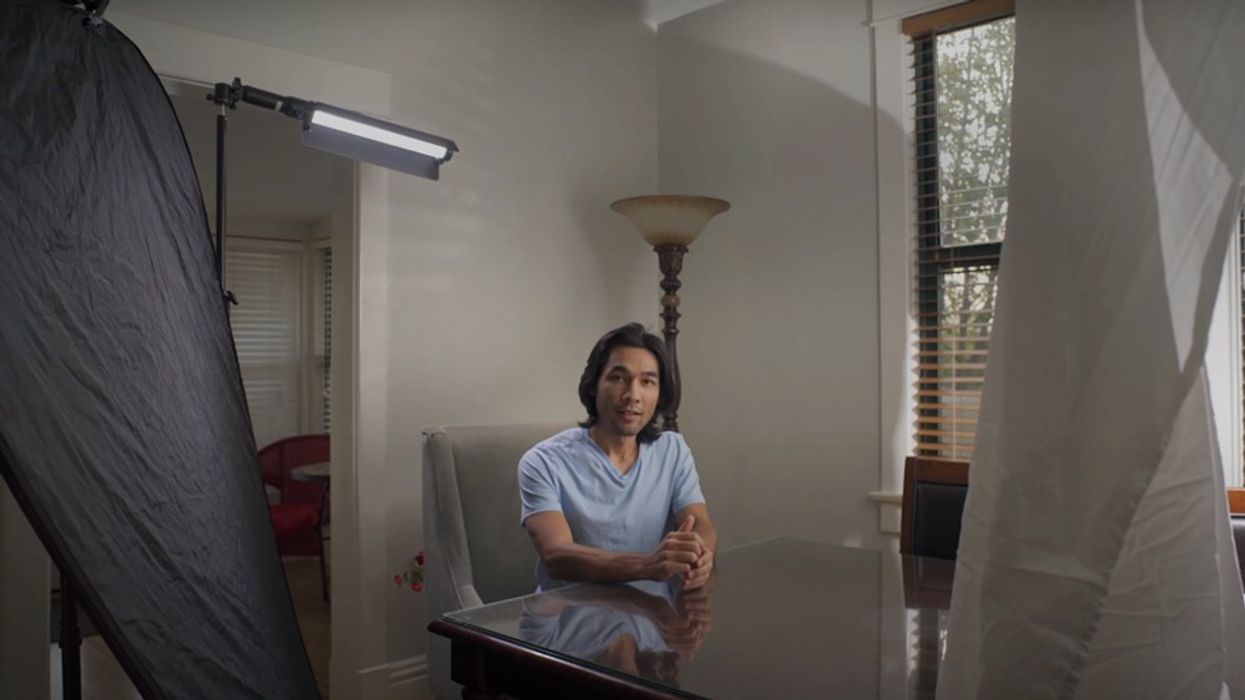How to Quickly Remove Unwanted Objects from a Shot in Post
Remove set lights from shots in a few easy steps.

If you've spent any time in post, you know all too well that unexpected objects can enter the frame, whether that be an overhead boom or even the occasional Starbucks cup. While it's always best to frame the most advantageous shot during production, sometimes there may not be a way around including an unwanted actor or object in the frame. Luckily, the tools we use to fix things in post have advanced enough to quickly clean things up.
Brandon Li dropped an informative tutorial about how to remove practical lights in shots. Check it out.
Static Shots
The masking technique is easiest to use on static shots. Essentially, you shoot a clean image and overlay the image onto the base layer. The key to making it believable is through color grading and lighting adjustments. Balancing those will be a case by case basis based on your particular shot, meaning there's not a catch-all approach. As Li points out, you start by adjusting the mask or the lighting in the frame. Additionally, by feathering the masked image and tweaking the color, you can blend the two images seamlessly. Just be sure to examine all the reflections in the shot before moving on.
Moving Camera
Things can get a little trickier when there's a moving camera involved. Similar to the static shot, you'll want to do two passes of the scene. One with the action and then a second clean shot. The clean shot is generally known as a composite pass. The most important thing here is to try and match the exact camera movements of the first shot. This can be achieved easier with a dolly track or slider. But if you don't have access to either of those, or are going handheld, you can place tape marks on the ground that outlines that camera path. Then be prepared to do several takes to give options for post. Be sure to review the footage before moving on.
In post, the technique is similar to the static shots. Using the masking tool, you'll draw out the object and then overlap the clean plate on top. After color correcting and adjusting the lighting, you'll have a seamless image.
Do you have any techniques for removing unwanted images? Let us know in the comments below.
Source: Brandon Li











